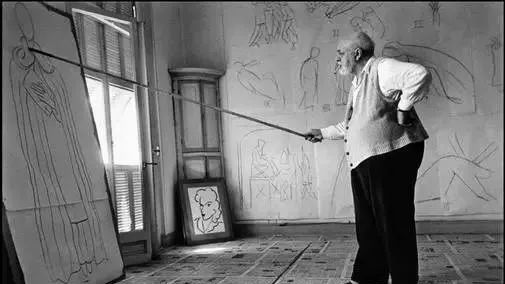Through art activities, human beings are inspired and infected by truth, goodness and beauty, and gain spiritual enjoyment and aesthetic pleasure.
The master's representative works are distinctive artistic features, both symbols of ideals and responses to reality, and typical symbols of the entire era.
We have already introduced 15 artists and their representative works, and this time we will introduce 15 others as well.
16 Duffy
Raoul Dufy, one of the Fauvists who began the history of modern painting in the early 20th century, is a multifaceted artist. In addition to painting, his artistic field expanded to include tapestry, fresco, fabric pattern design and ceramics, and his lively use of curves became a pioneer of new popular designs.
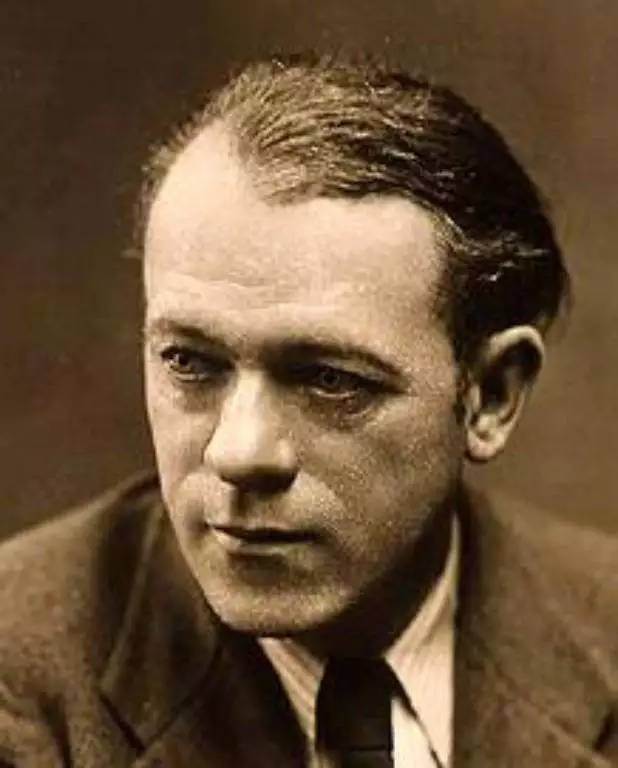
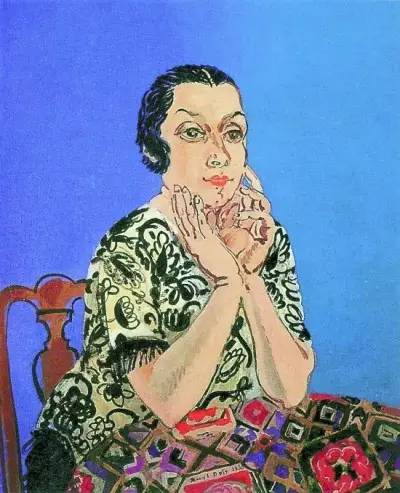
The Portrait of Madame Dufy
17 Edvard Munch
Munch, the pioneer of Scandinavian Expressionism, was a famous Norwegian painter with a unique style. His childhood was almost always shrouded in the shadow of death and disease, and these terrible experiences not only left a deep and indelible impression on his mind, but also indirectly turned into inspirational material for his paintings, which makes Munch unique in the history of modern Western painting.
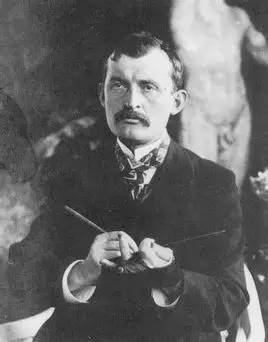
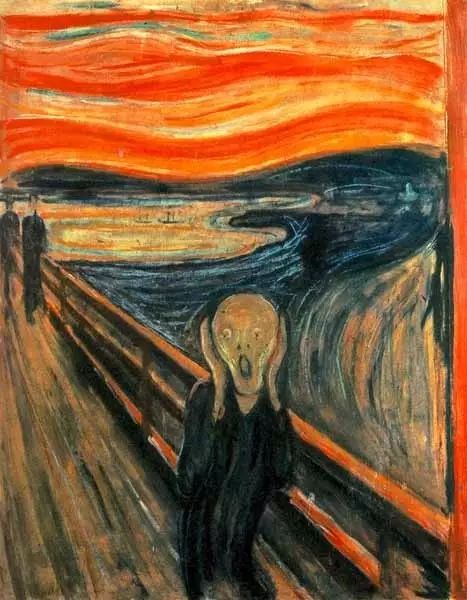
The Scream
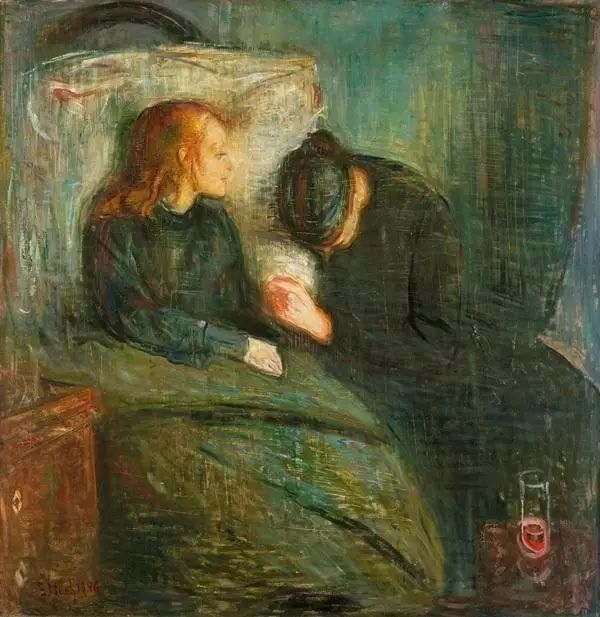
A Child in Sickness
18 Edgar Degas
Edgar Degas (French, 1834-1917), born and died in Paris, was the son of the banker Auguste Degas. Like Manet, he was born into the big bourgeoisie and his keen interest in classicism and the prudence of his behavior seem to be in keeping with his origins. A lonely, unsociable man, Degas was a combination of contradiction, indifference and seclusion. In his art world, there is none of the hedonism and easy-going that Renoir emphasized, nor the pity or self-destruction of Van Gogh. With cold and keen observation, he depicts the instantaneous impressions of his characters' movements, revealing a vivid charm.
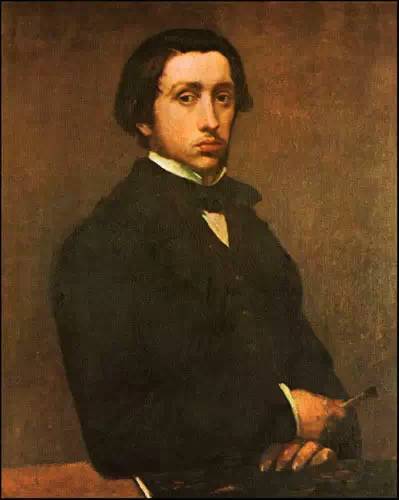
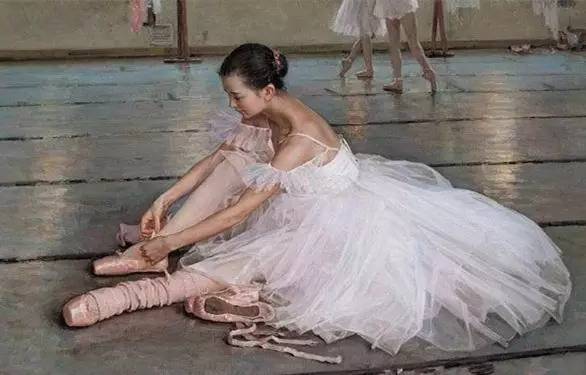
The Dancer Who Adjusted His Dancing Shoes
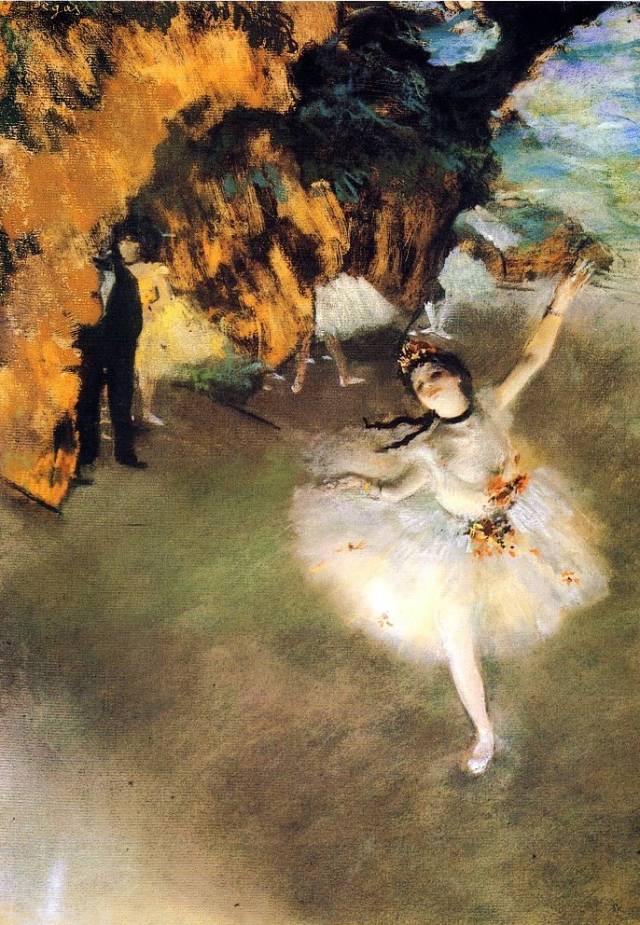
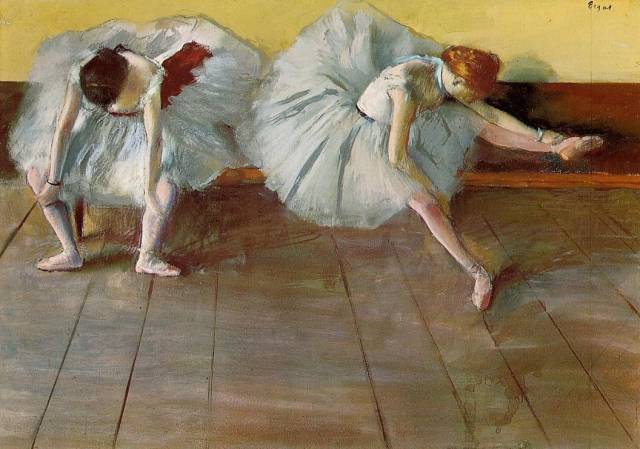
19 Henri Matisse
Matisse and Picasso were among the giants of 20th century modern art, and the Fauvists led the 20th century painting revolution. The Fauvists, led by Matisse, used colors such as red, blue, yellow and green to express the natural essence of simple objects, depicting the inner sincere feelings and decorative effects, creating stunning, extremely free, spirited, gorgeous and balanced works.
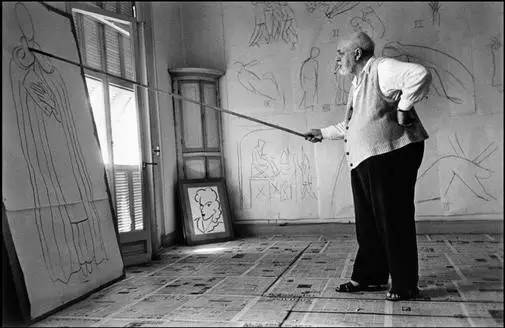
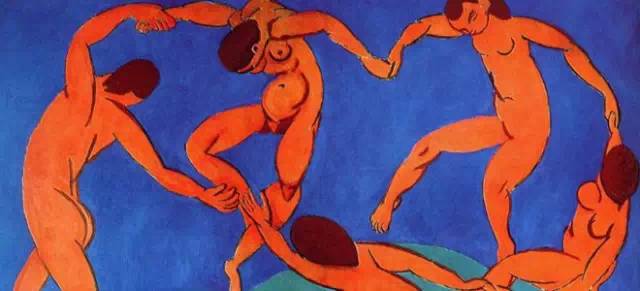
The Dance
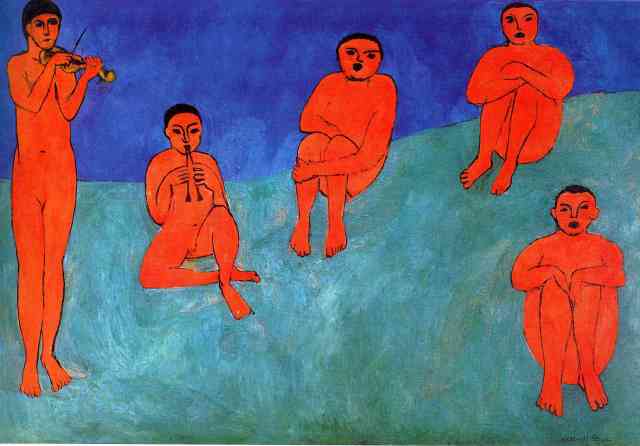
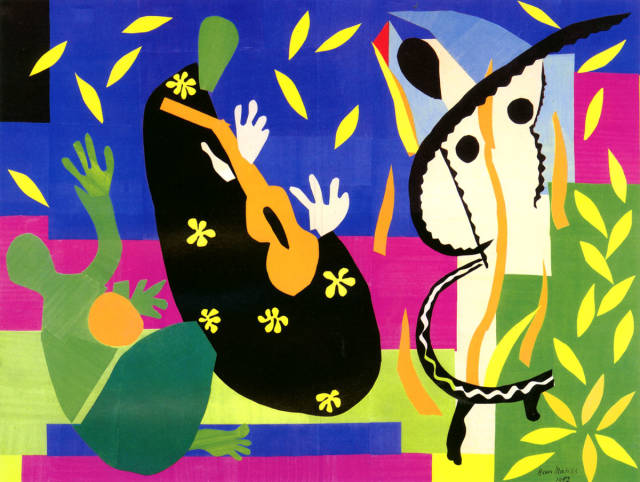
20 Monet
Monet was the most representative painter of Impressionism, who not only lived a long life (at the age of 86), but also painted a surprising number of works. He often sketched the same subject at different times, painting different light atmospheres, revealing the high luminosity and vividness of light and color, interweaving them into a magnificent symphonic poem of light and color, creating the pinnacle of Impressionism.
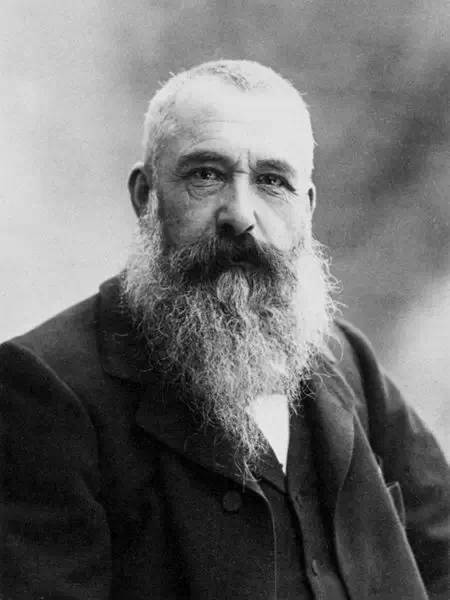
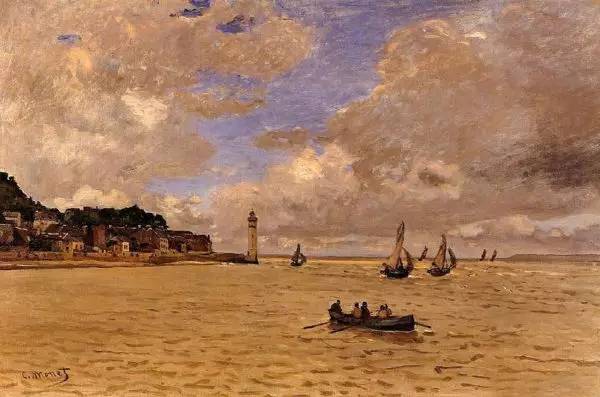
The Mouth of the Seine in Honfleur
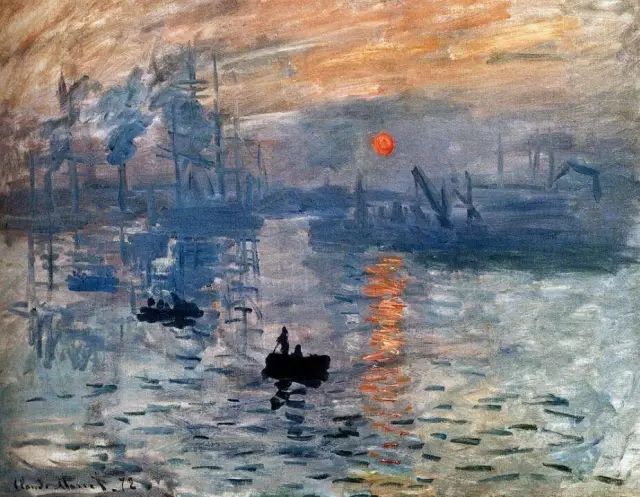
Sunrise - Impression
21 Mondrian
Mondrian, the 20th century master of geometric abstract art, is one of the three major Dutch painters. After experiencing the Dutch School, Impressionism and Expressionism, he founded the School of Style in 1917, developing his unique concept of composition, combining the basic elements of painting with the arrangement of geometric figures to establish a unique neo-formalist art.
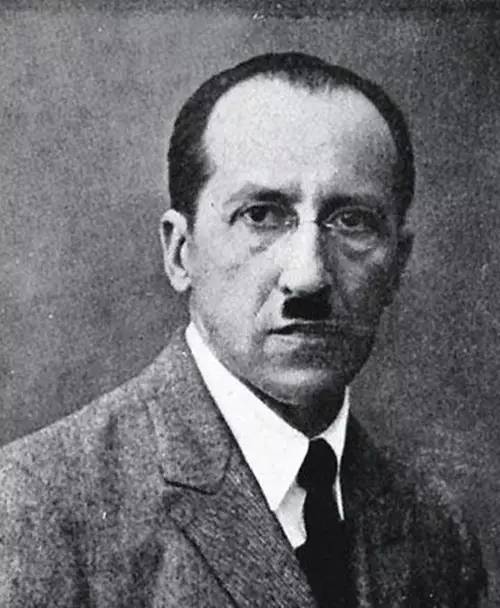
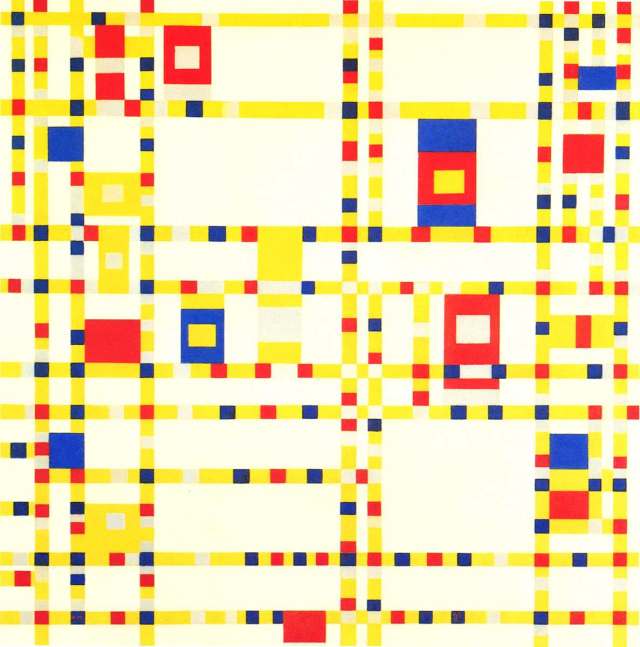
Jazz on Broadway
22 Paul Cézanne
Born in Provence, France, Cézanne, who studied law before devoting himself to art, lived his artistic life from his own contact with nature. He believed that "nature is not superficial, but has its depth" and that "color is rich and the picture is naturally full".
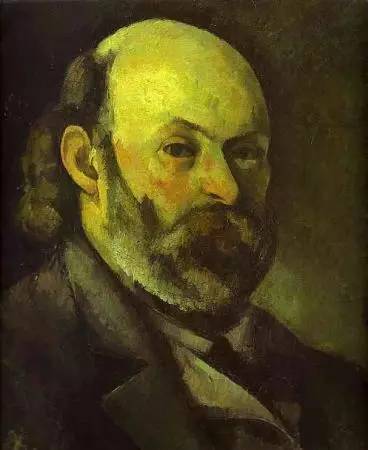
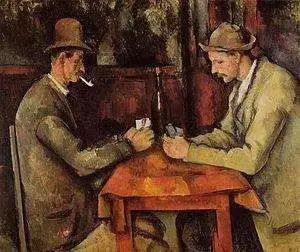
The Man Who Played Solitaire
23 Edouard Manet
Manet, born and died in Paris and written about in his biography as the origin of Impressionism, is a typical example of a man made by fate. Was he or was he not the result of centuries of conflict and reconciliation between the old principles of tradition and the essentials of freedom in order to establish and constantly renew them?
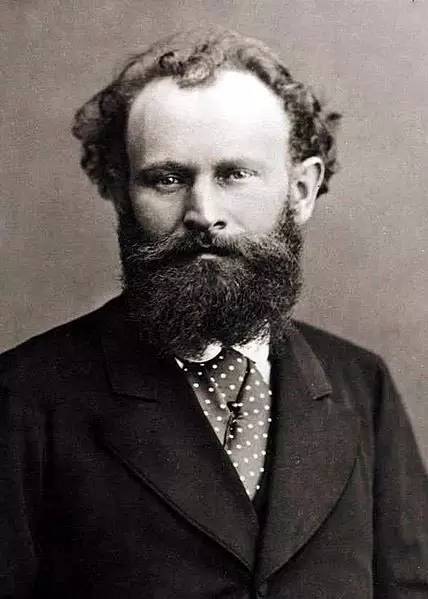
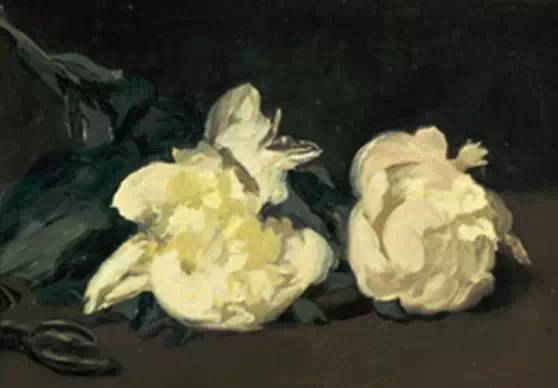
The White Peony
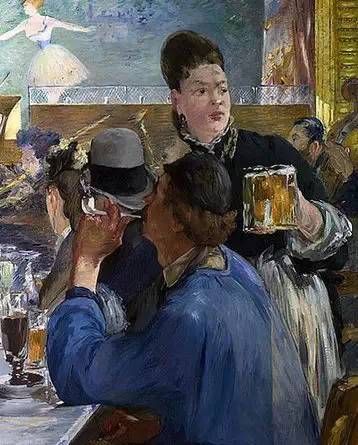
The Tavern Hostess
24 Albrecht Dürer
German painter, born in Nuremberg on May 21, 1471, died in the same place on April 6, 1528, of Hungarian ancestry, learned gold and silver crafts with his father since childhood, and then studied with printmaker M. Wolgemuth as his teacher.
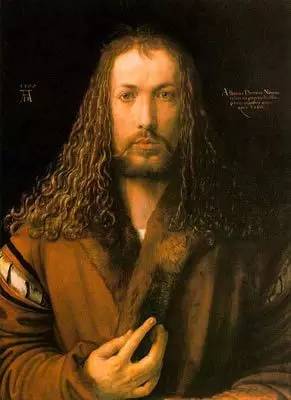
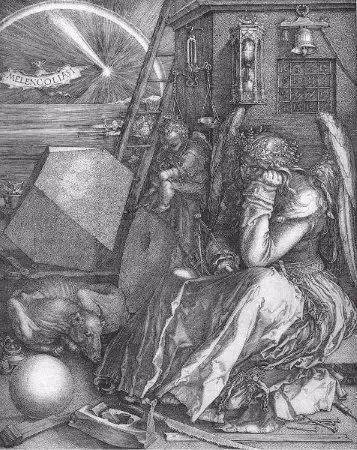
The Melancholia
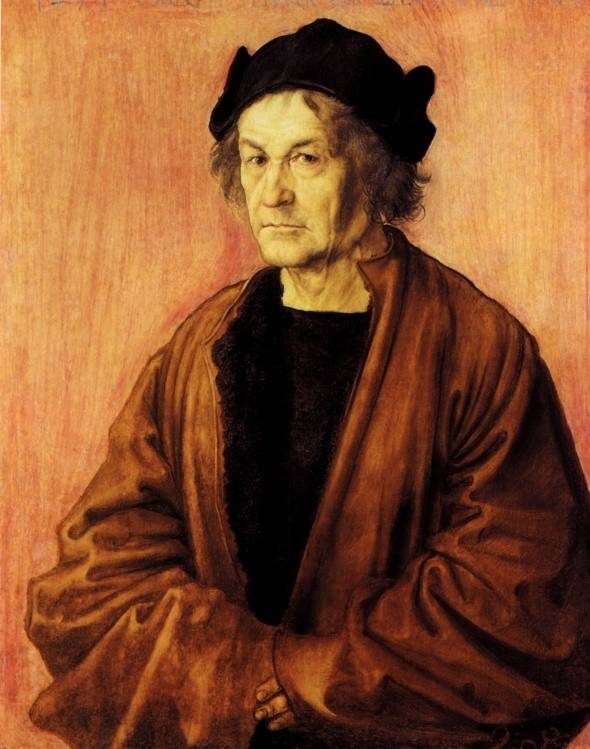
The Father
25 Uae
French painter, the main representative of classical art at the French court in the first half of the 17th century. His works often borrowed mythological or religious themes to glorify the Louis XIII dynasty and won the hearts of the ruling class.
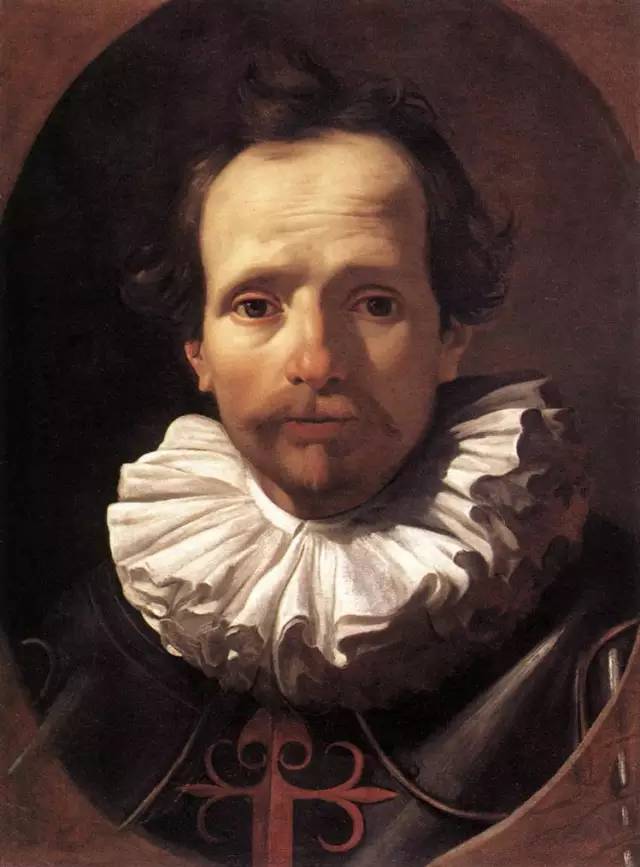
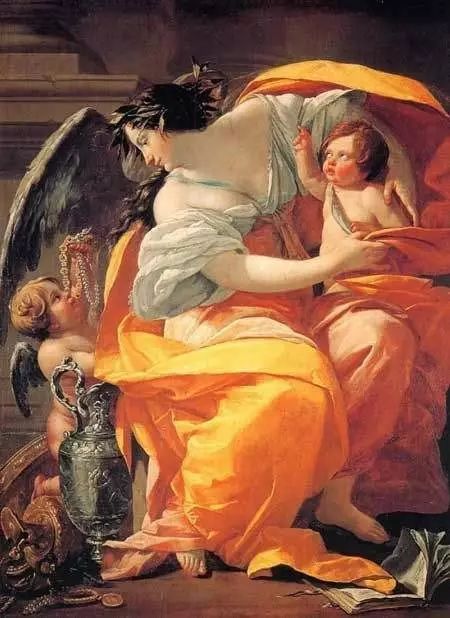
The Symbol of Femininity
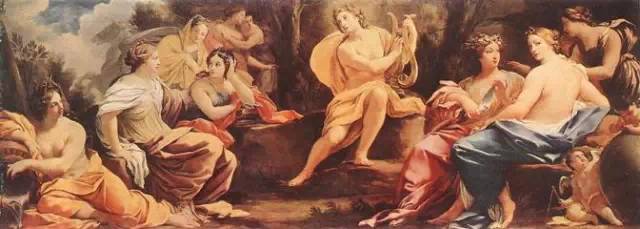
26 Gensboro
Although he did not like to read much and did not even finish the general secondary school, he had a lot to say, and although he did not write any books, his knowledge is rarely compared with that of his letters to his close friends.
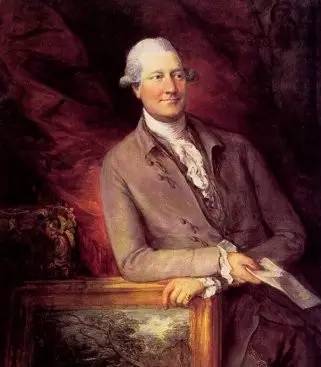
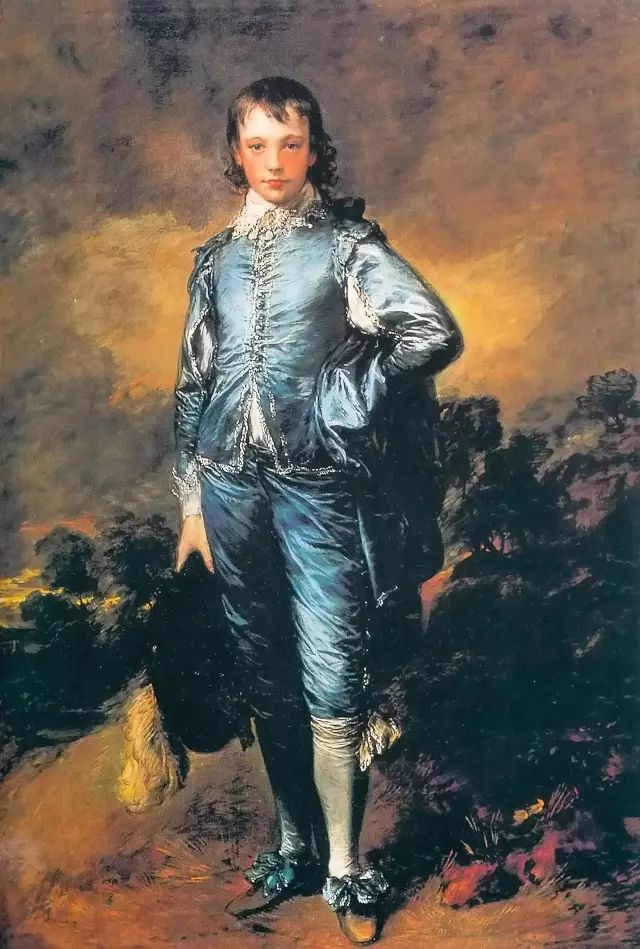
The Boy in Blue
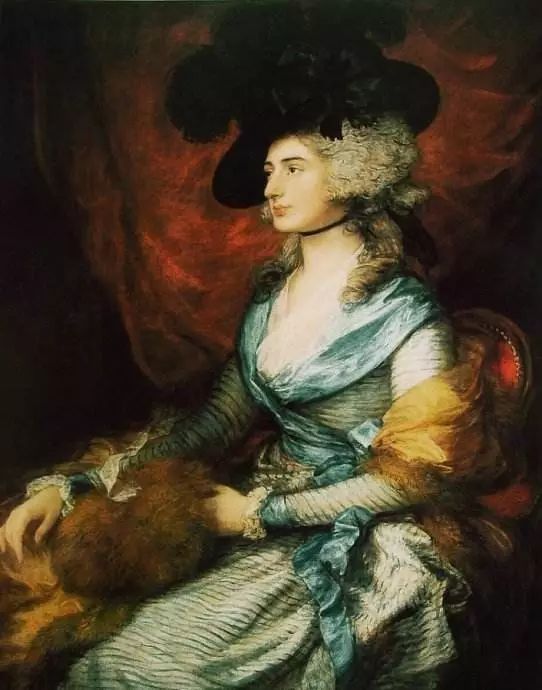
Mary, Countess of Hovey
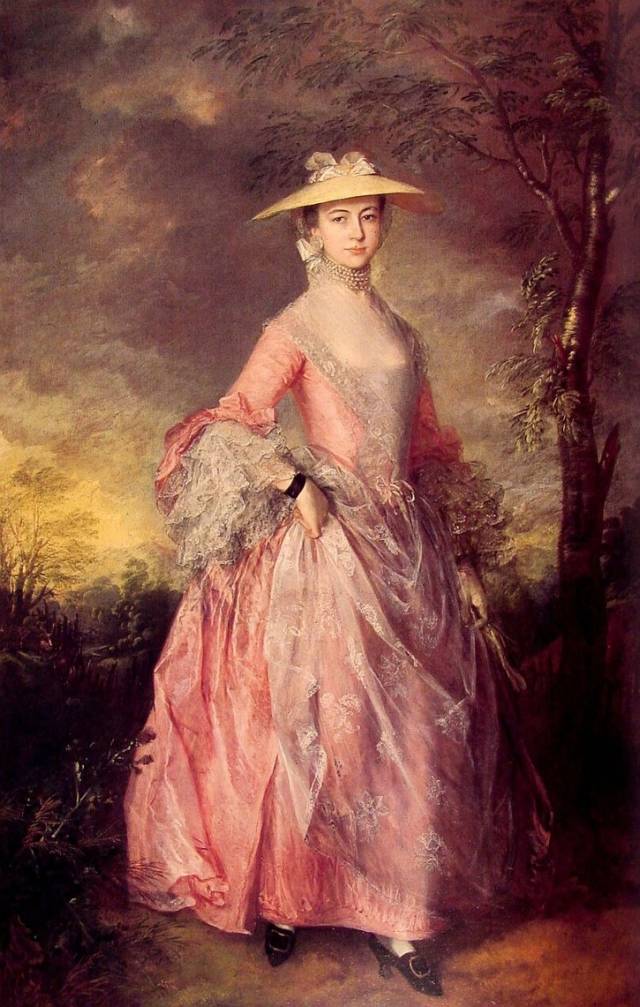
Mary, Countess of Hovey
27 Chardin
In 1782, Chardin's red skate and sideboard were exhibited at an exhibition of young painters in France and were highly praised by Largely, and in the same year Chardin was accepted as a member of the Academy of Fine Arts.
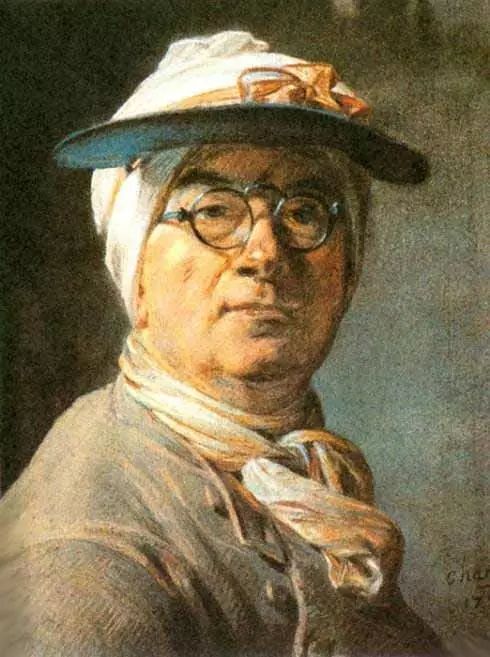
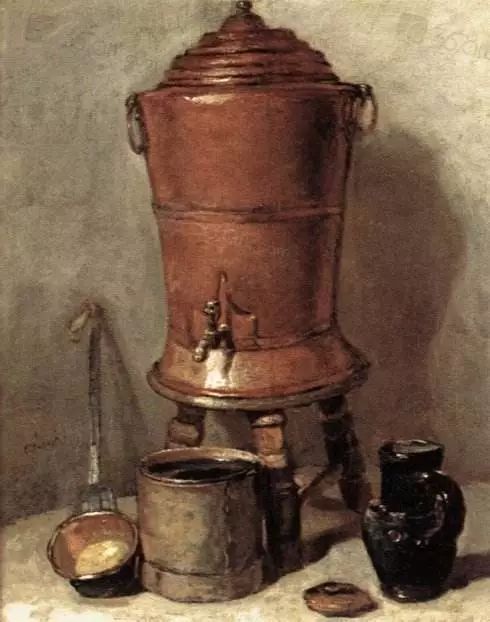
The Copper Water Jar
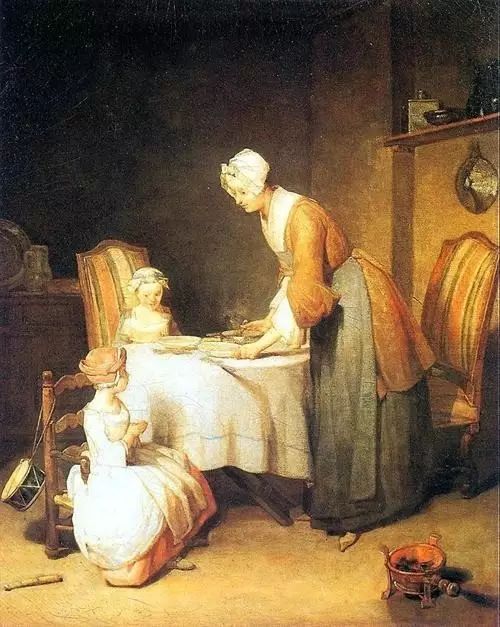
The Prayer Before Lunch
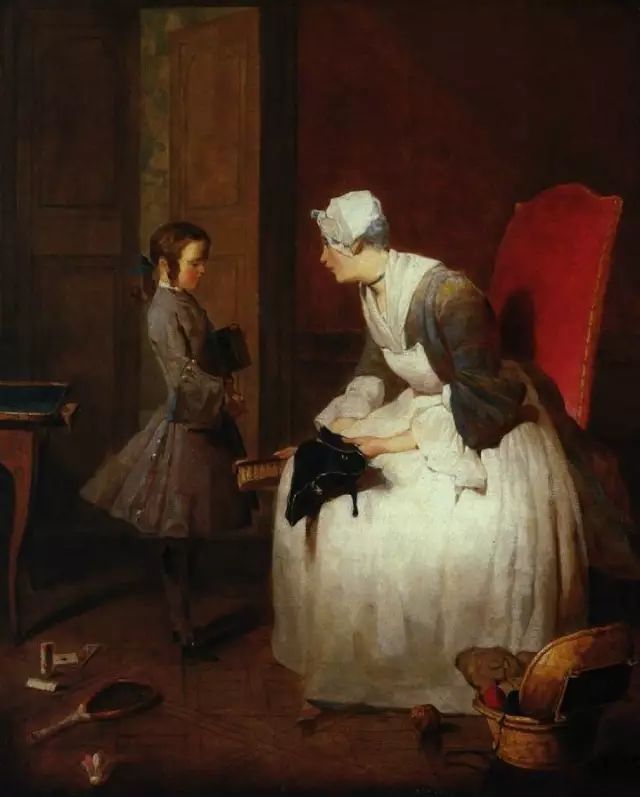
28 Durazguizhi
During his second trip to Italy in 1649, he completed a famous portrait of Pope Innocent X, in which he is shown with both hands on his chair looking weak, despite a moment of strength on his face, which the painter masterfully captured.
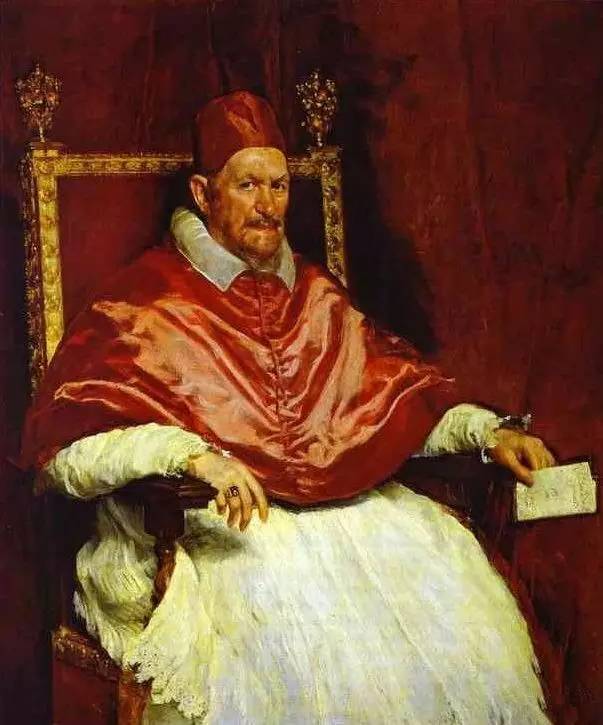
The Statue of Pope Innocent X
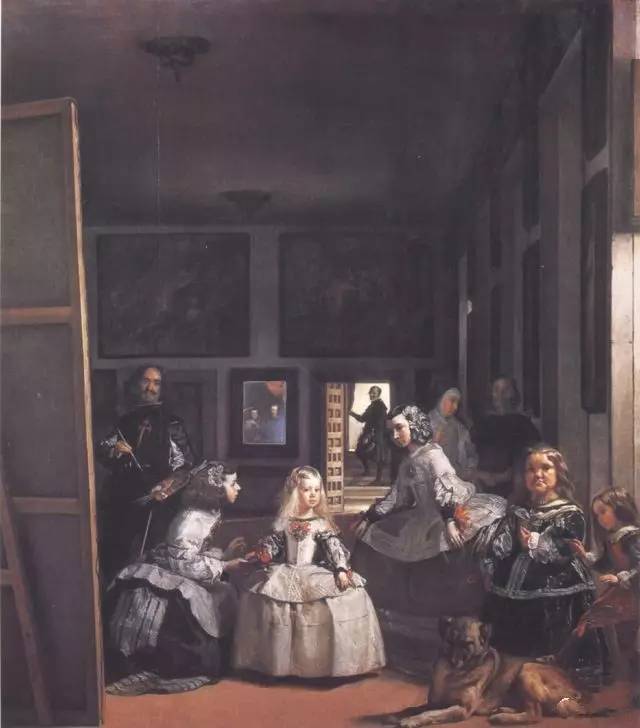
The Palace Eunuch
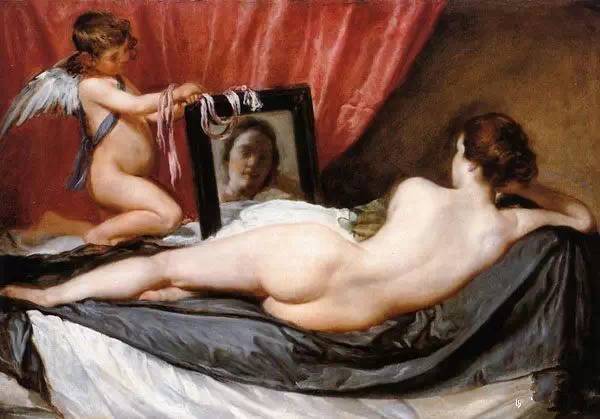
Venus in front of the Mirror
29 Camille Pissarro
Cézanne once said: "Pissarro is one of the painters closest to nature". Indeed, he devoted his life to observing nature in all its forms and recording it in countless paintings, watercolors, drawings and prints.
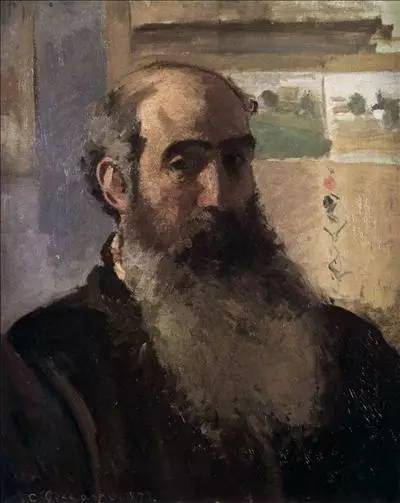
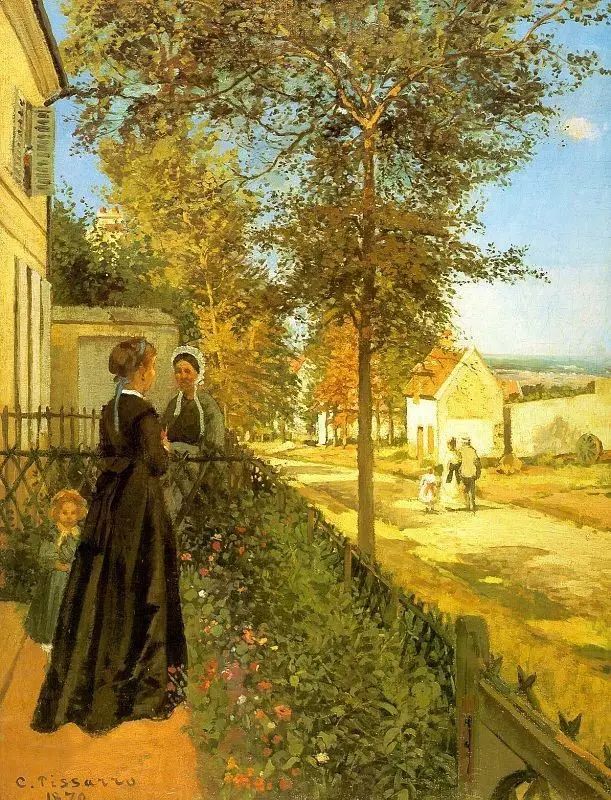
Pontoise: The Slopes of Ermitage.
30 Marcel Duchamp
Born in 1887 in Blainville, near Rouen, his father, a notary, had six children, four of whom were famous artists: Jacques Véron, a painter, Duchamp Véron, a sculptor, and Susan Duchamp and Marcel Duchamp, also painters.
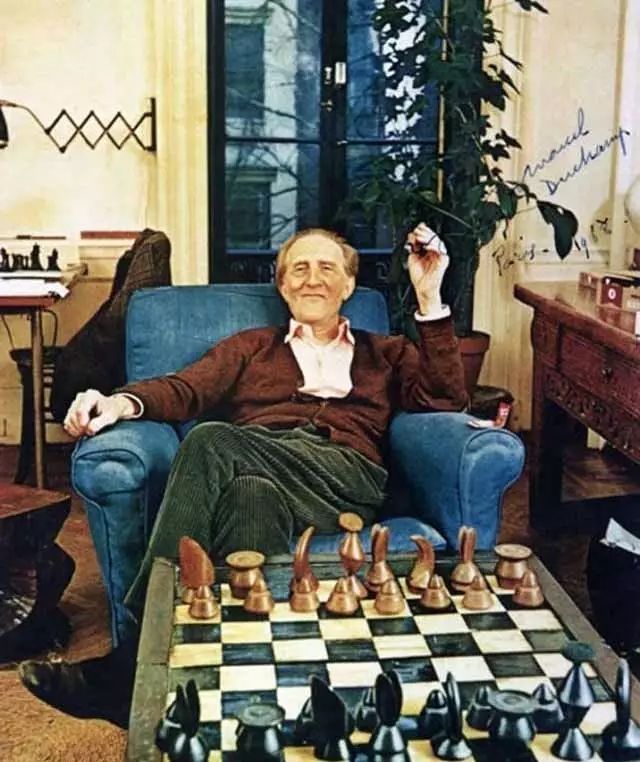
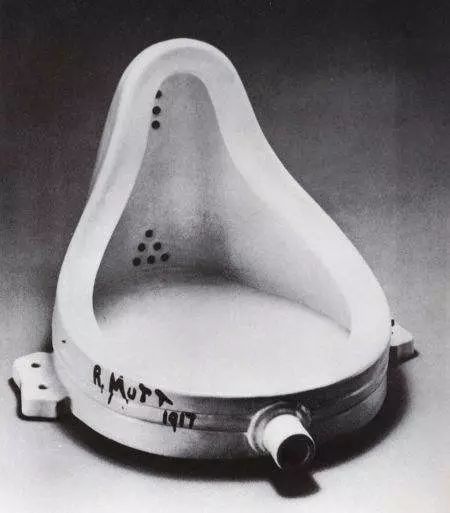
The Springs
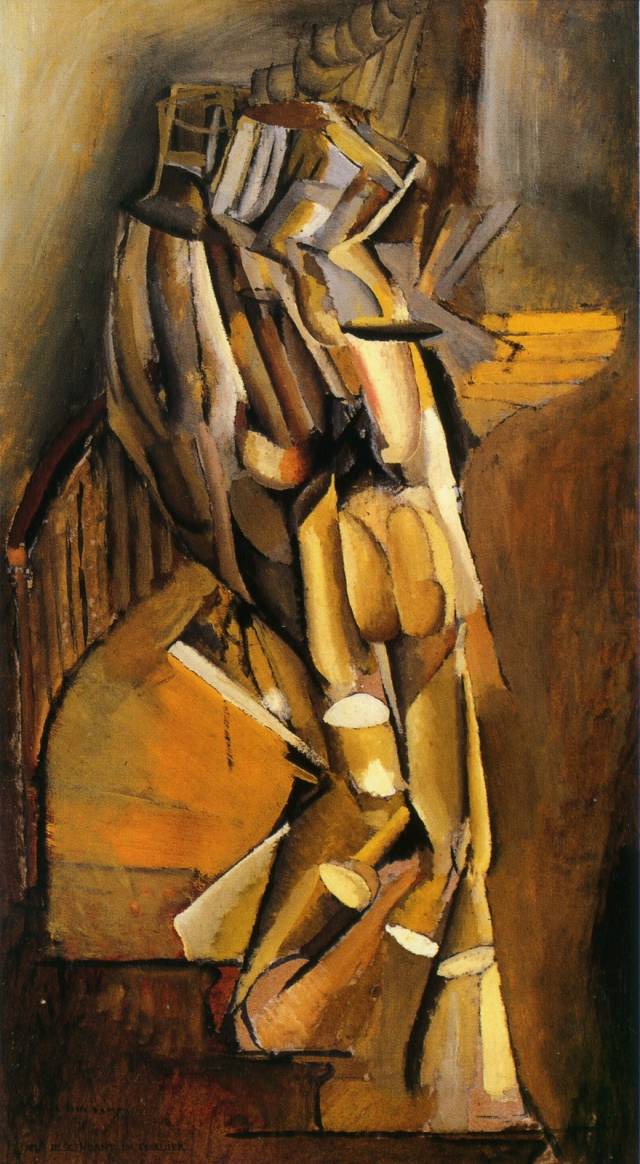
The Naked Lady Downstairs
Review the 15 artists from the last issue:
Art News | Famous Western Artists and Their Works (Top)


